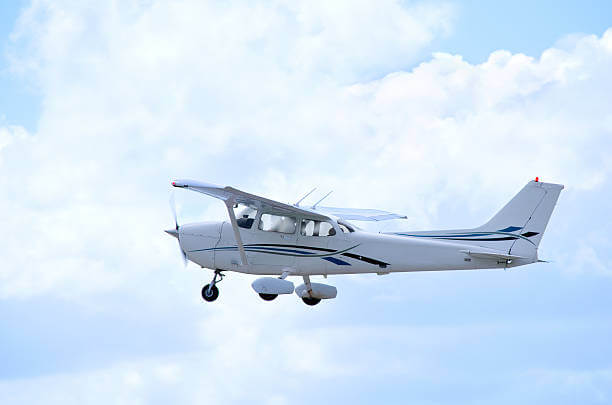In the vast expanse of the aviation world, where every flight is a symphony of precision and control, understanding the intricacies of holding patterns is akin to mastering a celestial dance. Picture this: you’re cruising through the azure skies, and suddenly, air traffic control directs you into a holding pattern. What now? In this captivating journey through the aerial realm, we unravel the mystery behind holding patterns — those elegant, circular maneuvers that pilots execute to navigate the complex tapestry of air traffic congestion. Join us as we explore the essence of holding patterns, decoding the reasons behind their initiation and offering a comprehensive guide on how to expertly waltz through the sky’s traffic jams. Whether you’re a seasoned aviator or an aviation enthusiast, get ready to soar in circles with confidence and grace.
Soaring in Circles: Demystifying Holding Patterns in Aviation
JOIN TODAY! | MEMBER LOGIN
Navigating the Sky’s Traffic Jams
Aviation is a dynamic and intricate world where precision and adaptability are paramount. One of the maneuvers that pilots must master is the holding pattern, a crucial skill for managing air traffic congestion and ensuring safety in the skies. In this blog post, we’ll explore the ins and outs of holding patterns, shedding light on what they are and providing insights on how to expertly navigate them.
Understanding Holding Patterns: A Bird’s Eye View
A holding pattern is essentially an aerial holding area that aircraft enter when air traffic controllers need to manage traffic flow. This circular route, often flown while awaiting further instructions, keeps aircraft in a designated airspace for a specific duration. These patterns are like organized traffic circles in the sky, allowing planes to remain safely separated until they receive clearance to proceed.
Reasons for Holding: Unraveling the Sky’s Mysteries
Several factors can lead to the initiation of a holding pattern. Weather-related issues, air traffic congestion, or unexpected events, such as runway closures or emergencies, can all necessitate the need for aircraft to circle in a holding pattern. Pilots must be prepared to enter a holding pattern at any point during their flight and should be well-versed in the procedures to ensure a smooth transition.
How to Enter a Holding Pattern
Entering a holding pattern involves a series of precise maneuvers. Here’s a step-by-step guide:
- Receive Instructions: Pilots will typically receive instructions from air traffic control (ATC) regarding the holding pattern. This includes the holding fix, the direction of the turns (right or left), and the leg length (time or distance).
- Prepare the Aircraft: Reduce speed and configure the aircraft for the holding pattern, extending flaps and lowering landing gear if necessary.
- Establish the Initial Entry: Fly to the holding fix and initiate a standard rate turn in the specified direction.
- Maintain Altitude and Airspeed: Once in the holding pattern, pilots must maintain a constant altitude and airspeed. This requires vigilant monitoring of instruments and adherence to ATC instructions.
- Time or Distance Leg: Depending on ATC instructions, pilots will navigate the holding pattern based on either time or distance. Accurate timekeeping or distance measuring is crucial for a seamless transition.
Tips for a Smooth Holding Pattern Experience
- Communication is Key: Stay in constant communication with ATC to receive updates and any changes to the holding pattern.
- Be Adaptable: Weather conditions or air traffic may change, requiring adjustments to the holding pattern. Pilots should be ready to adapt quickly.
- Fuel Management: Be mindful of fuel consumption, especially in extended holding situations. Request priority if fuel becomes a concern.
- Stay Calm and Collected: Maintain composure, follow procedures, and trust your training. A calm and collected approach ensures a safer and more controlled experience.
Navigating the Skies with Confidence
Mastering holding patterns is an essential skill for every pilot, ensuring the safe and efficient flow of air traffic. By understanding the reasons behind holding patterns and following precise procedures, pilots can confidently navigate the sky’s traffic jams, contributing to a safer and more organized aviation environment. So, the next time you find yourself circling in the sky, embrace the art of holding patterns and soar with confidence.
As an E3 Aviation member, you get access to TONS of informative aviation articles and content. Sign Up or Log In today and enjoy all of the tools, resources, product discounts, community and entertainment that E3 Aviation Association offers.

